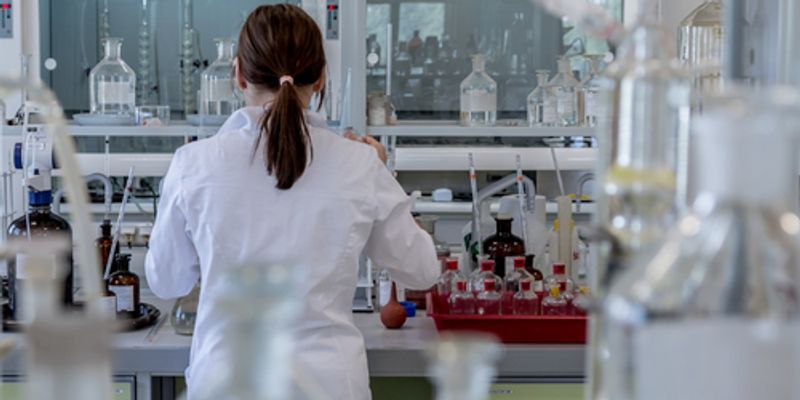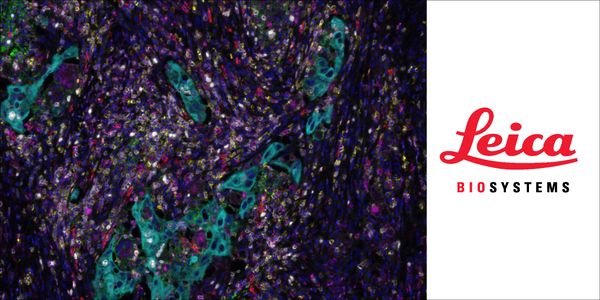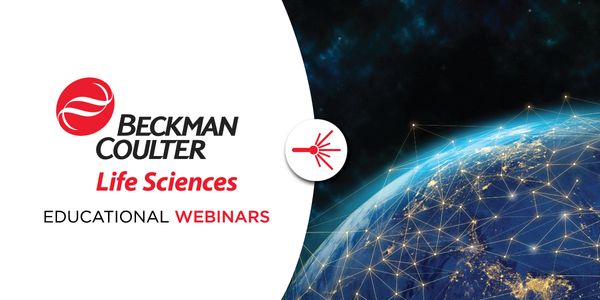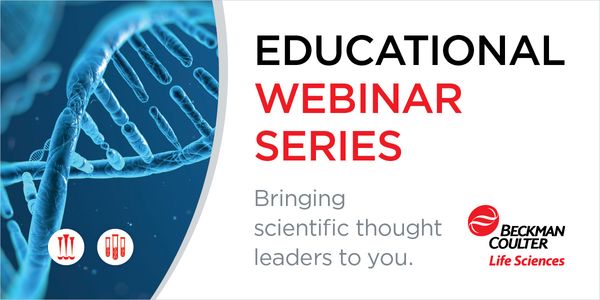Background: The vast majority of all genes are contained within the genomes of the prokaryotes, including the eubacteria and the archaea. These largely single-cellular domains of life thus...
SEP 10, 2019 | 9:00 AM
DATE: September 10, 2019TIME: 9:00am PDTAfter new users become familiar with flow cytometry instrumentation and learn how to set up the instrument and acquire data, the next topic to ma...
SEP 10, 2019 | 8:00 AM
DATE: September 10, 2019TIME: 8:00am PTNext generation sequencing of the immune repertoire allows detailed, sequence-specific insight into the immune system’s adaptive response...
SEP 05, 2019 | 7:00 AM
DATE: September 5, 2019TIME: 7:00am PT, 10:00am ET, 4:00pm CEST PCR (Polymerase Chain Reaction) has gone through a massive evolution since its development in 1983. Besides it...
DNA profiling tools to teach undergraduate students about forensics generally utilize the PV92 Alu and D1S80 VNTR markers, but are both limited in scope. In contrast, advanced profiling syste...
























